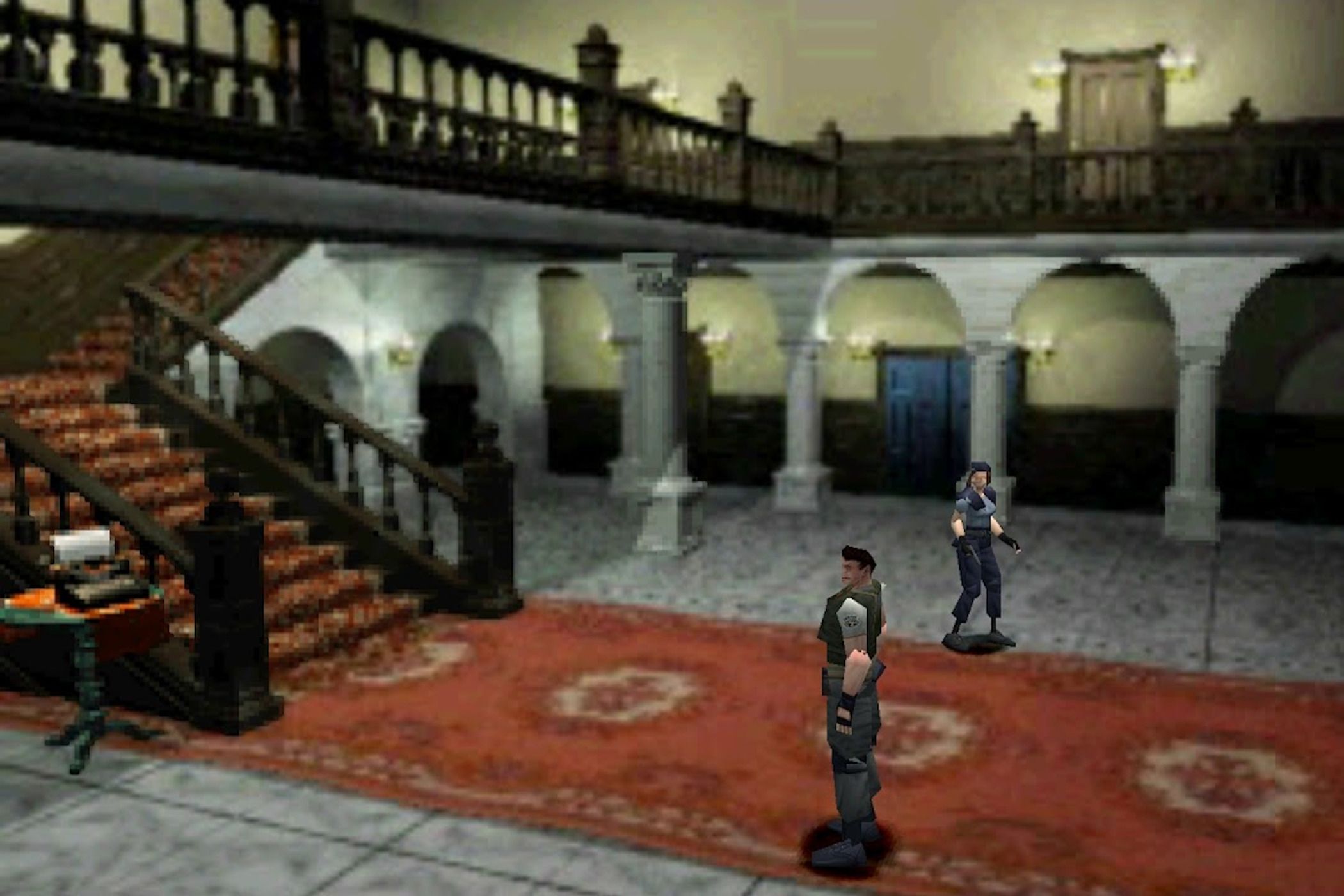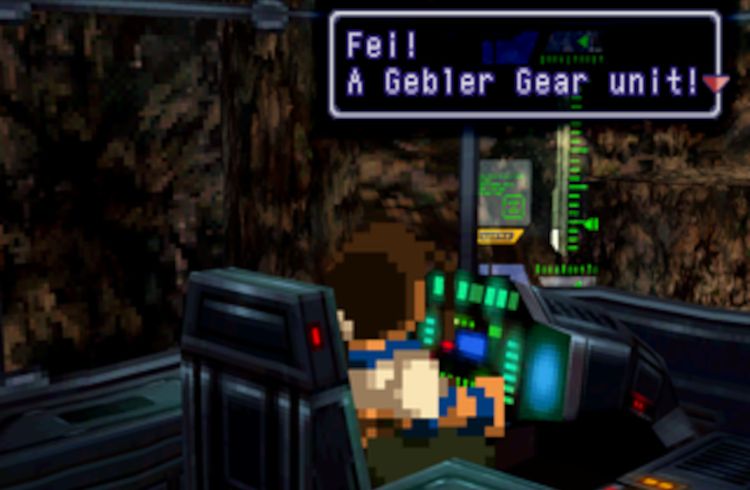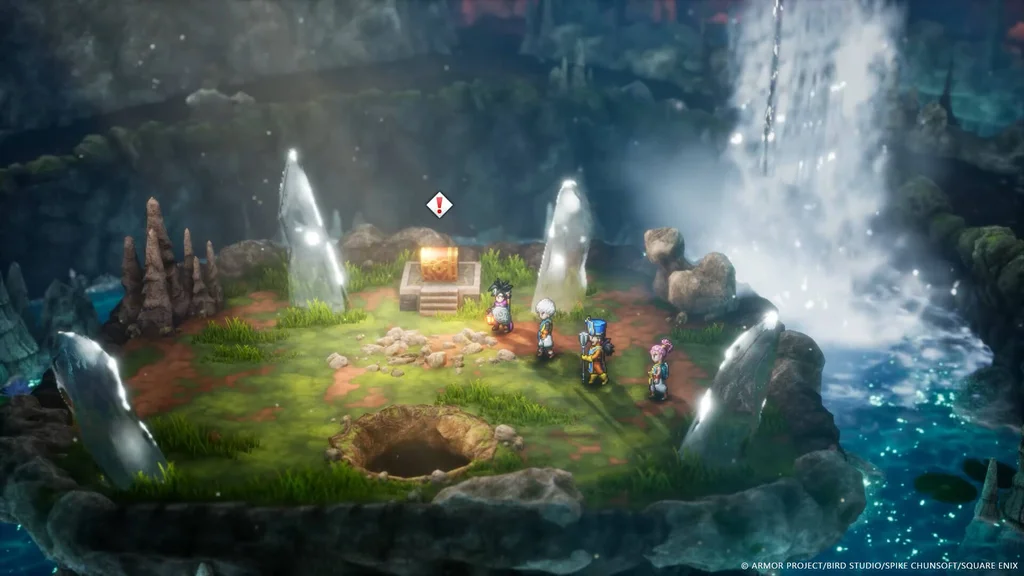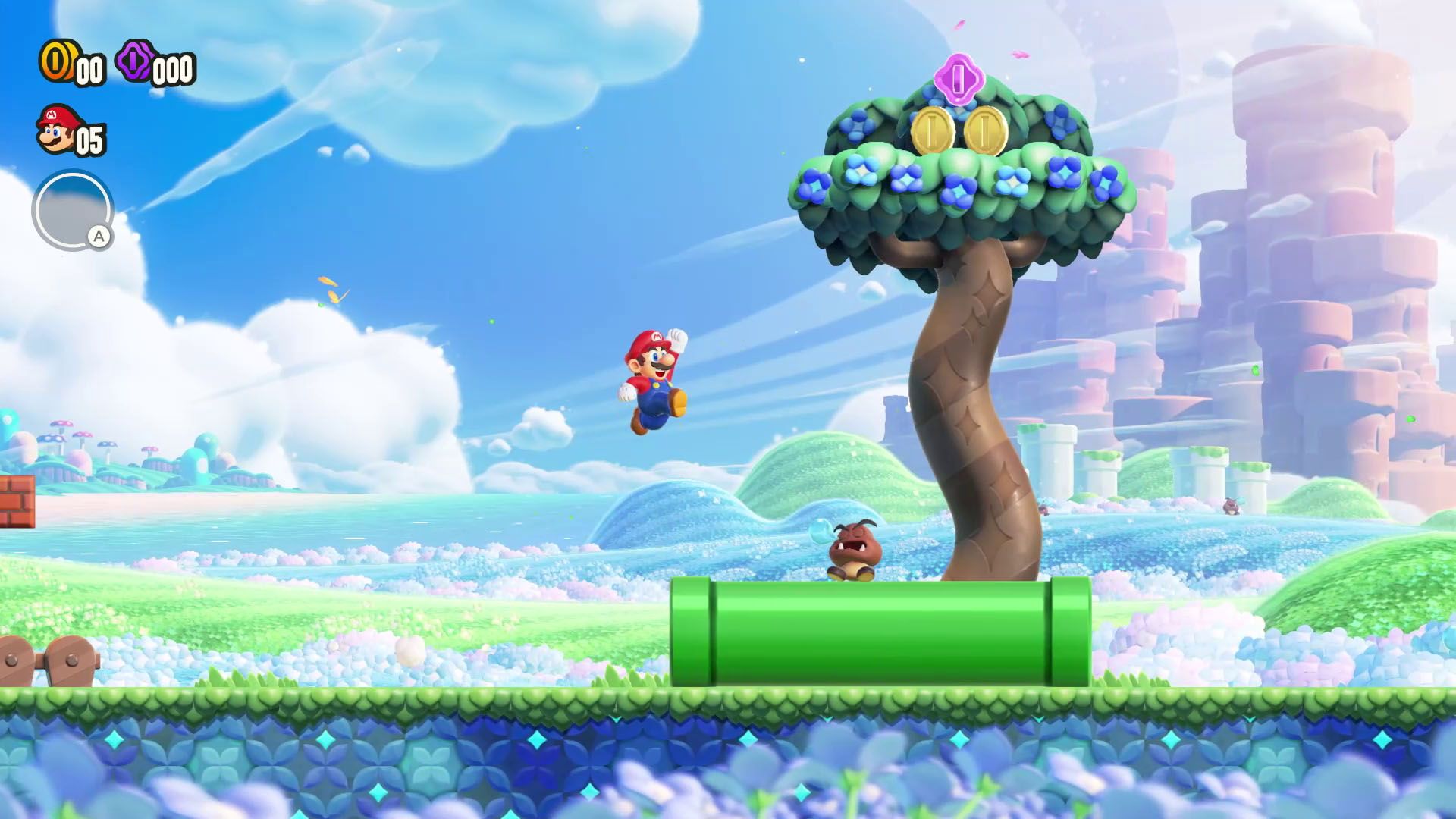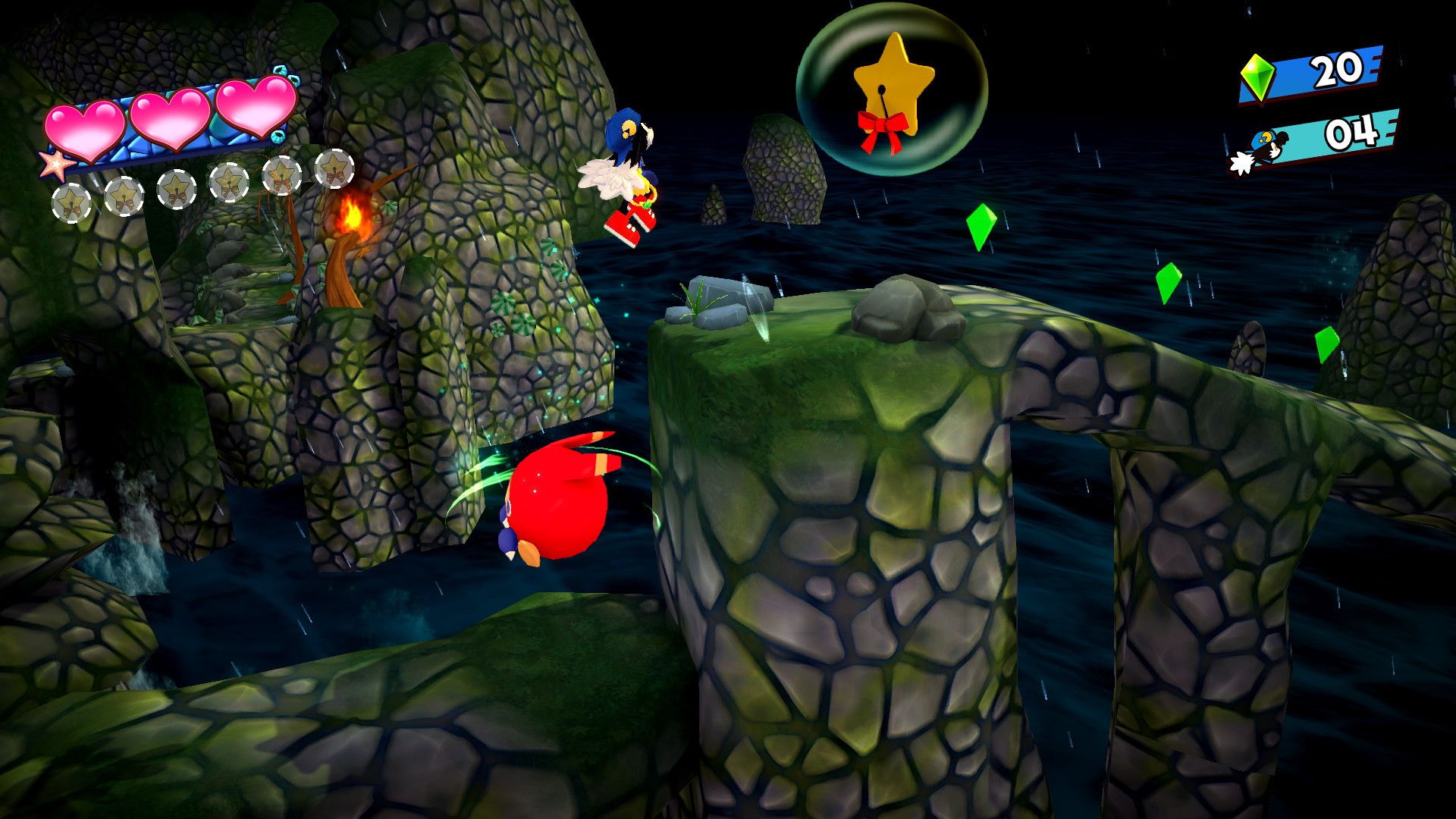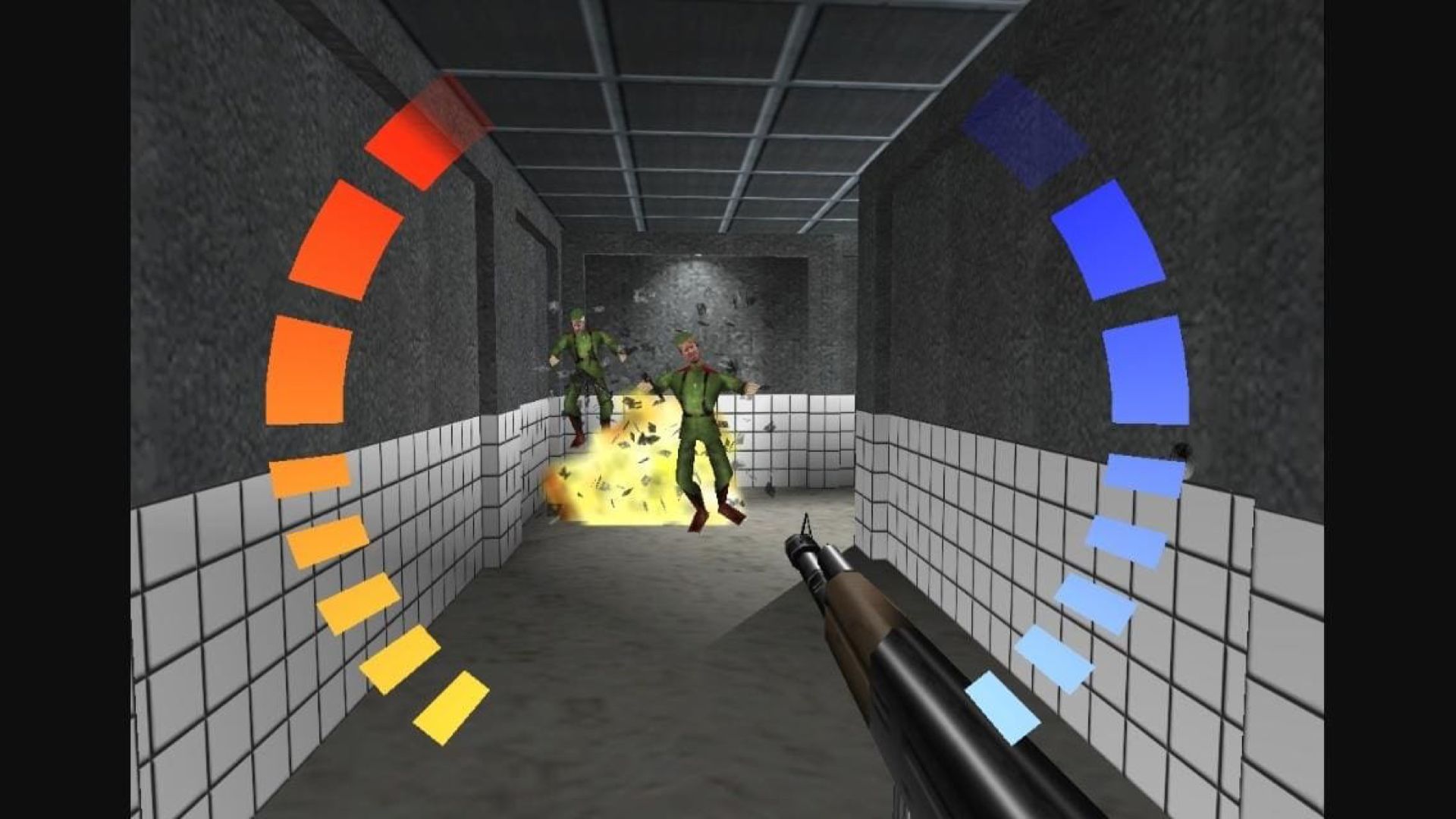Summary
- 2.5D games creatively blend 2D and 3D graphics to produce unique visual experiences across various genres.
- The earliest 2.5D games included pseudo-3D graphics and 3D games designed around 2D movement.
- 2.5D games were pivotal in bridging the transition from 2D to 3D gaming, blending old-school charm with modern advancements.
There’s a very clear distinction between 2D and 3D games, but 2.5D games represent the vague middle-ground between them. Although the exact meaning of “2.5D” varies between games, there are a few defining characteristics that set 2.5D games apart from other titles.
2.5D Games Combine 2D and 3D
Despite what the name implies, 2.5D does not involve any half-dimensions (or “fractals”, if you want to sound smart). Instead, 2.5D—in the context of video games—refers to any combination of 2D and 3D elements that make up a game’s presentation. This can involve displaying 2D character sprites alongside 3D assets or using 3D graphics for 2D gameplay. Basically, if a game’s visuals aren’t exclusively 2D or 3D—not counting the HUD or other UI elements—they can be considered 2.5D.
The exact meaning of “2.5D” is a contentious topic among gamers. Over the years, the term has evolved to encompass multiple definitions, all of which are still relevant to modern games. One person’s interpretation of 2.5D may be completely different from your own, so I’ll break down all the different meanings for one of gaming’s most confusing categories.
2.5D Graphics Blend Art Styles
The original PlayStation is home to some of the earliest examples of 2.5D games. PS1 survival-horror games like Resident Evil and JRPGs like Final Fantasy VII commonly used pre-rendered backgrounds—static 2D images of detailed 3D renders—in place of true 3D environments. This practice allowed games to work around the console’s hardware limitations and render more detailed visuals than was normally possible. Additionally, the 2D backdrops still resembled 3D environments and allowed for full-3D movement, meaning it wasn’t always obvious when a game was using pre-rendered backgrounds.
Most other 2.5D games combine 2D sprites with 3D environments to give characters and objects a stylistically flat appearance. This visual technique has been used across many different games and art styles, ranging from the unique paper-cut-out characters of the Paper Mario series to the eye-catching pixel art popularized by Octopath Traveler.
JRPGs like Grandia and Xenogears took advantage of the PS1’s ability to render 3D environments while retaining 2D sprites. Their decision to use sprites over 3D character models was largely a result of hardware limitations—much like the pre-rendered backgrounds of other PS1 games. However, it also gave these games a uniquely timeless style that blends the immersive depth of 3D worlds with the nostalgic charm of 2D sprites reminiscent of the 16-bit era.
Recently, the sprite-based 2.5D style has made a resurgence through HD-2D games like Octopath Traveler, Triangle Strategy, and modern remakes of classic JRPGs such as Dragon Quest: HD-2D Remake and Star Ocean: The Second Story R. HD-2D games use a similar hybrid of pixel character sprites and 3D environments, but they enhance the old-school 2.5D style with the detailed textures and dynamic shading that only modern games can provide. It’s a gorgeous blend of realism and retro nostalgia that no other art style can match.
Not every 2.5D game shares the same presentation, and plenty of games break the mold with their own creative art styles. Unlike other 2.5D games, Dave the Diver doesn’t follow any strict rules to determine which elements are presented in 2D and 3D. Most characters and cutscenes are animated in emotive 2D spritework, and the game’s backgrounds are predominantly rendered in 3D. However, just like its genre-bending gameplay and constantly unpredictable story, the rest of Dave the Diver‘s presentation is an endless stream of surprises that meshes together shockingly well.
One moment, you’ll be harpooning pixelated fish, the next will have you battling a realistically modeled shark, and you’ll wrap up your mini-adventure with a 3D cooking minigame. At every turn, the expansive amalgamation of art styles that defines Dave the Diver ensures the game’s presentation can keep up with the seemingly endless variety of its gameplay. It’s a perfect blend of creative ideas and unexpected twists that only a 2.5D artstyle can pull off.
2.5D Games Are Also a Long-Standing Genre
Before it became the term for games that combined 2D and 3D art, “2.5D” referred to 3D-rendered games that restrict movement to a 2D plane. In other words, any 2D platformer with 3D graphics belongs to the 2.5D genre.
Most big-budget 2D games qualify as 2.5D games. This includes platformers like Sonic Superstars and Super Mario Bros. Wonder, fighting games such as Street Fighter 6 and Mortal Kombat 1, and Metroidvanias (or “Search-Action” games) like Prince of Persia: The Lost Crown and Metroid Dread. Even games that prominently feature stylized 2D-inspired visuals such as Guilty Gear Strive and Dragon Ball FighterZ are usually made with full-3D character models and stages.
It should be noted that some 2D games may imitate the appearance of 3D graphics but aren’t normally considered 2.5D games. Games with pre-rendered or digitized sprites, such as Donkey Kong Country and Mortal Kombat, may appear to be 3D at first glance. However, much like the pre-rendered backgrounds of the PS1, these sprites are 2D recreations of 3D models—or real-life actors, in the case of Mortal Kombat. This means these 2D platformers don’t actually contain any true 3D visuals, and therefore don’t qualify as 2.5D.
2.5D can also refer to games with 2D-graphics that simulate 3D perspectives. This form of 2.5D games—also known as pseudo-3D—predates true 3D graphics by a few decades. The psuedo-3D style first appeared in 1973’s Maze War, but gained more prominence when it re-emerged in 80s arcade games such as the aerial-combat simulator Interceptor, the flagship arcade-racer Pole Position, and the fast-paced rail-shooter Space Harrier. None of these games featured any real 3D models, instead using a mix of vertical scrolling backgrounds and sprite-scaling to simulate a moving 3D perspective.
The Super Nintendo Entertainment Systems (SNES) allowed some games to achieve a similar pseudo-3D effect with its “Mode 7” rendering, which displays 2D backgrounds as horizontal planes that can be scaled, rotated, and transformed with a variety of other visual effects to simulate a 3D perspective. SNES racing games like Super Mario Kart and F-Zero famously used Mode 7 alongside vertical scrolling to create the illusion of moving along a z-axis.
Even with the clear-cut definition of pseudo-3D, not every game falls neatly into this category. A common misconception is that the original Doom is a pseudo-3D game, with many players believing its environments are made with 2D assets designed to imitate depth. In actuality, the game features 3D-rendered environments and a limited form of z-axis tracking. Doom still counts as a 2.5D game due to its combined use of 2D sprites and 3D stages, but it does not qualify as a psuedo-3D game.
However, Doom‘s immediate predecessor—Wolfenstein 3D—does fit the definition of psuedo-3D. Whereas Doom uses 3D rendering to build its stages, Wolfenstein 3D relies on an alternative display technique known as “ray casting.” With ray casting, levels are designed as 2D grid-based maps with each grid representing an empty space or solid wall. As you navigate through a stage, the game determines what parts of the environment to render by using multiple rays (one for each column of screen pixels) attached to the player character’s position.
When the rays detect a wall, that wall is displayed as a vertical texture and scaled based on its distance from the player. This severely limited imitation of 3D lacks the depth and verticality of a proper 3D game—even one as limited as Doom—yet it transformed Wolfenstein 3D into a genre-defining classic.
Why 2.5D Matters
The distinction between 2D, 3D, and 2.5D games was a necessity during the early days of 3D graphics. 3D games weren’t just notable for looking more advanced than 2D games; they often featured completely different controls and mechanics. 3D platformers like Super Mario 64, fighting games like Virtua Fighter, and action games like Tomb Raider all marked a drastic departure from their 2D predecessors. Their differences caused many players to view early 3D games and 2D games as separate genres.
However, not every 3D game follows the same formula, and the “2.5D” label was initially invented to classify 3D games that stuck to 2D conventions. Games like Klonoa: Door to Phantomile and the Street Fighter EX series stood out for ignoring trends and translating old-school game design into a new dimension.
It’s much harder to appreciate now, but 2.5D games were an important part of the industry’s transition to 3D gaming. At a time when 2D games seemed like a dying breed, and most 3D games were taking classic genres into radical new directions, 2.5D games kept the spirit of the 2D era alive. They retained everything players loved about 2D games while including the dynamic camera angles and large-scale environments that could only be achieved with 3D graphics.
The 2.5D label gradually lost its significance as 3D graphics began to dominate both 2D and 3D genres alike. Games like New Super Mario Bros. and Street Fighter IV established 2.5D as the norm for 2D genres, while the psuedo-3D style quickly vanished after Quake revolutionized the FPS genre with its true 3D graphics. Rather than trying to classify every new platformer or fighting game as a “2.5D game,” most players went back to categorizing games based on their gameplay rather than their visuals. The “2.5D” label was abandoned in favor of the simpler distinction between 2D and 3D genres.
Nintendo
Despite falling out of use once before, 2.5D continues to be an important identifier for video games, even if its meaning has changed in recent years. For some longtime gamers, 2.5D still refers to the pseudo-3D and 3D-rendered side-scrolling classics of earlier eras. For others, it refers to the hybrid of 2D pixel art and 3D worlds seen in many recent releases. No matter the definition, 2.5D has always existed to bridge the gap between old and new technologies—often making retro nostalgia seem like the way of the future, in the process.
Regardless of what “2.5D” means to you, 2.5D games have consistently innovated in unexpected ways, some of which have redefined entire genres. Whether it’s through the gorgeous blend of art styles seen in HD-2D games or the then-unprecedented presentation of pseudo-3D graphics, 2.5D games will likely continue to elevate video game visuals to new heights.


